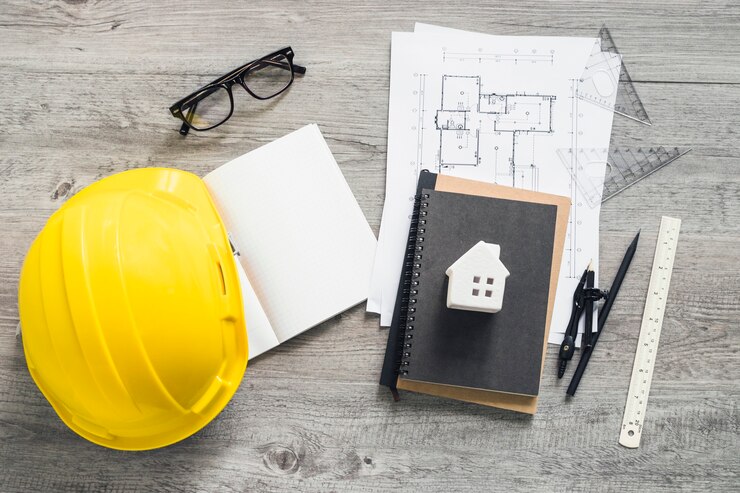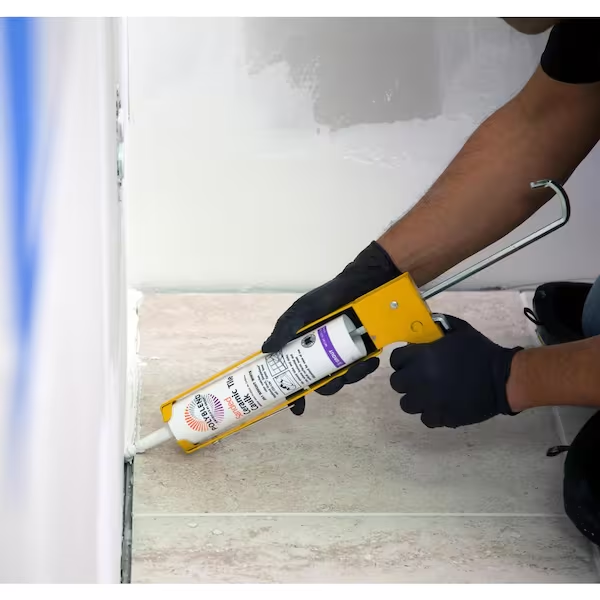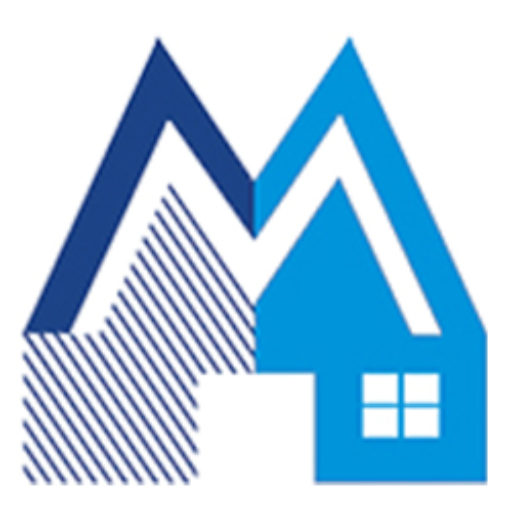We have already talked a lot about the FHA 203(k) loan. However, there is another loan option that is similar to the 203(k) and that often gets people’s attention: the Fannie Mae HomeStyle Loan. Both the Fannie Mae HomeStyle Loan and the 203(k) loan offer opportunities for homeowners and first-time buyers to finance the purchase and renovation costs of a home. But, they have distinct differences.
One big difference being that the HomeStyle Loan is a conventional mortgage, while an FHA 203(k) loan is government-backed.
In this article, our goal is to compare these two loans so you can decide which loan is best for you. Let’s dive in!
1. Credit Score
Let’s begin by discussing credit scores. Your Credit Score is one of the most important factors for obtaining each of these loans. For the Homestyle loan, a minimum credit score of 620 is typically required to qualify. However, the 203(k) loan allows borrowers with a credit score as low as 500 to be eligible. Isn’t that amazing? Having a low credit score should no longer be a concern anymore. Therefore, if your credit score falls on the lower side, the 203(k) loan may be a better option for you.
2. Down Payment
When it comes to the down payment, the 203(k) loan is typically a better choice compared to the HomeStyle loan. The HomeStyle loan’s required down payment depends on the number of units and how the property is occupied. For a single-unit primary residence, first-time homebuyers and those eligible for the HomeReady mortgage only need a 3% down payment. Other borrowers will be required to put down a minimum of 5%. You can refer to the table below for more details on the down payment requirements based on property type.
HomeStyle Loans
| Property Type | Occupancy | Down Payment |
| One-unit | Primary | 3% |
| Two-unit | Primary | 15% |
| Three- and four-unit | Primary | 25% |
| One-unit | Second home | 10% |
| Manufactured home | Primary and second home | 5%-10% |
| One-unit | Investment | 15% |
| Two-unit | Investment | 25% |
Table 1
On the other hand, with the 203(k) loan if you have a credit score above 580, you can take advantage of a low 3.5% down payment. Even if your credit score falls between 500 and 580, you still have the opportunity to secure financing with a 10% down payment. So, while the HomeStyle loan does have a 3%down payment option under specific conditions, if your credit score is above 580, you can benefit from the 203(k) with a 3.5% down payment without additional requirements.
3. Debt-to-Income Ratio
Let’s talk about another important requirement: debt-to-income ratio (DTI). The DTI is a measure of how much of your monthly income goes towards paying debt. When it comes to the HomeStyle loan, the highest DTI ratio allowed is usually 45%. However, the 203(k) loan offers more flexibility. While most lenders stick to a maximum DTI ratio of 43%, some are more flexible and may allow ratios of up to 45%, 50%, or even 57% with a 203(k) loan. This means that if your DTI ratio is on the higher side, the 203(k) loan provides a greater opportunity for you to qualify for financing.
4. Mortgage Insurance Premium
A Mortgage Insurance Premium (MIP) is a safety measure for lenders to protect against borrower defaults. It may or may not be required for different loan types, and borrowers are responsible for paying it upfront and annually.
With a HomeStyle loan, the borrower is required to pay an annual MIP when the down payment is less than 20%. However, there is no upfront MIP with this loan. Instead, you will pay a monthly premium as low as 0.4% of the loan amount, which can be removed after 12 years or when you have at least 20% equity in your home. The monthly MIP amount will be added to your monthly mortgage payment.
On the other hand, paying a MIP is always required for the 203(k) loan. It does have upfront and annual mortgage insurance costs. At closing, you will be required to pay an upfront mortgage premium of 1.75% of the loan amount. Additionally, an annual mortgage insurance premium is divided equally and added to your monthly mortgage payments.
A good feature is that you may be able to remove the mortgage insurance with the 203(k) loan. If your FHA case number was assigned on or before June 3, 2013, and your loan balance is now 78% or lower compared to the value of your home, you can request to have the mortgage insurance premium removed. However, for loans dated after June 3, 2013 where you made a down payment of more than 10%, you can request the removal of FHA mortgage insurance (MIP) after 11 years. It is important to note that the waiting period is a minimum of 11 years, even if you pay down your loan faster and reach a loan-to-value ratio of 78%.
5. Maximum Loan Amount
The HomeStyle loan and 203(k) loan both have a maximum loan limit; meaning you can only borrow up to these limits.
Let’s discuss the HomeStyle loan first:
- Refinance scenario: You can finance up to 75% of the appraised value of the property once all renovations are complete.
- Purchase scenario: You can finance up to 75% of either the purchase price plus the cost of renovations, or the appraised value of the property after renovations, whichever is lower.
- For manufactured homes, the renovation funds are capped at the lesser of $50,000 or 50% of the appraised value after completion.
There is an additional requirement to the Home Style Loan; the loan amount must not exceed the conforming loan limits, which vary depending on your location. A conforming loan limit is the maximum loan amount that can be borrowed using a conventional loan. The Federal Housing Finance Agency (FHFA) sets the conforming loan limits. This means that you can borrow up to the previously mentioned amounts, as long as they do not surpass the conforming loan limits. In Philadelphia, here are the conforming loan limits for HomeStyle loans for 2024:
1 unit: $726,200
2 units: $929,850
3 units: $1,123,900
4 units: $1,396,800
For the 203(k) loan there are two loan options:
- Limited 203(k) loan: The maximum loan amount is $35,000 and there is no minimum loan amount required.
- Standard 203(k) loan: There is no maximum loan amount, except for the limits set by the FHA, although there is a minimum loan amount of $5,000. In Philadelphia, the maximum loan limits for the standard 203(k) loan are:
1 unit: $529,000
2 units: $677,200
3 units: $818,600
4 units: $1,017,300
You can find the maximum loan limit for each loan in your area by using the tool provided here link.
6. Eligible Properties
With the Homestyle loan, you can choose various property types, including primary residences, second homes, and investment properties. These properties can be single-family homes, two to four-unit properties, condos, co-ops, and manufactured homes.
However, it is important to note that for second homes and investment properties, you are only permitted to use this loan for one-unit properties.
On the other hand, the 203(k) loan is specifically designed for primary residences. Eligible properties include single-family homes, multi-family homes of up to four units, condominiums, townhomes, manufactured homes, HUD Real Estate Owned (REO) properties, and mixed-use properties.
7. Renovation Types
A Homestyle loan allows you to make both cosmetic and structural repairs or improvements, including luxury upgrades. This means you have the freedom to undertake a wide range of renovation projects, from simple repairs and energy updates to landscaping and luxurious enhancements. However, tearing down walls and reconstructing a home is not allowed.
Similar to the HomeStyle loan you can make structural and cosmetic improvements with a 203(k) loan. The difference is that luxury upgrades are not permitted with the 203(k). But remember, if you are using the Standard 203(k) you do have the flexibility to tear walls down to the foundation, which is not possible with a Homestyle loan.
8. Renovation Timeline
If you are looking for a quicker renovation timeline, the 203(k) loan might be more suitable for you. Typically, the 203(k) loan allows for a renovation period not to exceed 6 months. On the other hand, the Homestyle loan provides a longer renovation timeline of 15 months.
9. Interest Rate
Interest rates can vary based on factors such as credit score and debt-to-income ratio. However, in general, Homestyle loans tend to offer lower interest rates compared to the 203(k) loan. We suggest consulting with lenders and exploring the specific rates based on your financial situation.
The Bottom Line
We hope we have provided you with a better understanding of the differences between a HomeStyle loan and a 203(k) loan. This knowledge will help you make an informed decision that aligns with your specific needs and goals. By carefully considering the factors mentioned above, you can choose the loan option that best suits your needs.
If you have a low credit score, a high debt-to-income ratio, or a smaller down payment, the 203(k) loan is an excellent choice. This loan is specifically designed to assist individuals in owning their primary residence. Therefore, we believe the 203(k) loan is a better option, especially for first-time homebuyers. However, if your goal is to purchase a second home or focus on luxury upgrades, and you do not have a strict deadline for completing the renovation, the HomeStyle loan may be more suitable for you.
If you are looking to renovate your home using a 203(k) or HomeStyle loan and are in the Philadelphia area, we are here to help. Matrix Company Solutions Corp. is a trusted 203(k) contractor with over 25 years of experience with home renovations. Contact us today!












0 Comments